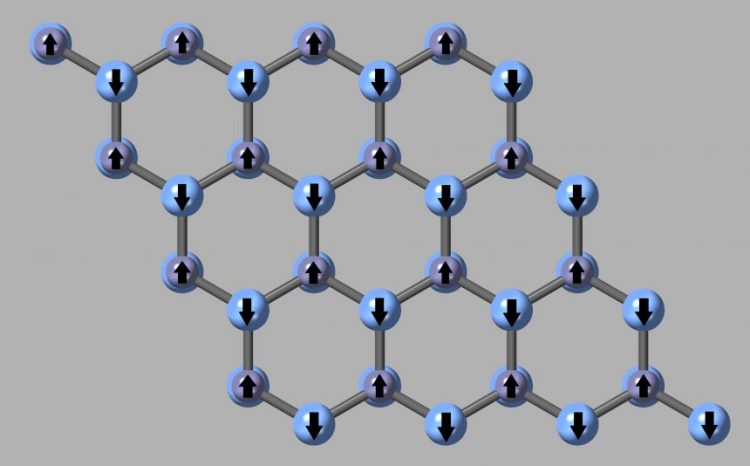St Edmund Hall Material Scientists involved in exciting new research into thermoelectrics
22 Jun 2018

A new Oxford University research collaboration could transform the design and development of a number of next generation materials, including thermoelectrics.
The work, as featured in Science Advances, was conducted by a consortium of UK-led physicists, led by the University of Leeds. Dr Rebecca Nicholls, ESPRC Fellow in Materials for Energy Applications in the Department of Materials at Oxford and College Lecturer in Materials Science and Earth Sciences at St Edmund Hall, developed the theoretical framework which was used to interpret the experimental results. The research involves studying vibrational properties of matter, or phonons, at the nanoscale. The team have created a powerful way to study ‘phonons’ – the collective oscillation of the nuclei of atoms, which can be thought of as waves that control the way that heat or sound carry through materials.
Rebecca explains: “Other techniques exist to study phonons, but none which allow us to look at the vibrations in such small volumes of material. The theoretical framework highlights the similarities and differences between the techniques and provides a way of interpreting, or even predicting, the results of experiments on other materials.” Professor Jonathan Yates, Fellow and Tutor in Materials Science at the Hall, who specialises in Materials Modelling is also one of the co-authors on the new paper.
Thermoelectric materials are used in products that support everyday life, capturing waste heat and recycling it into electricity, for example recovering heat that is generated when a car brakes to recharge its battery, or using body heat to power wearable health monitoring devices. Like many other materials fields, there is a growing need in thermoelectrics for more effective, high performing materials to support the constant development of new products and applications, such as the automotive, medical and Internet of Things industries. Supported by powerful and versatile experimental techniques, the process of designing these materials is painstaking and meticulous, atom by atom.
Find out more about this research on the University of Oxford website.
Categories
Related News

Teddy Hall’s Professor Carly Howett’s Research Suggests Saturn’s Icy Moon May Host Life
10 Nov 2025
